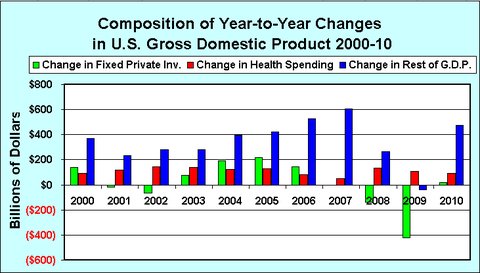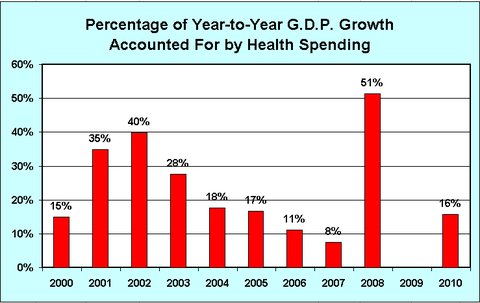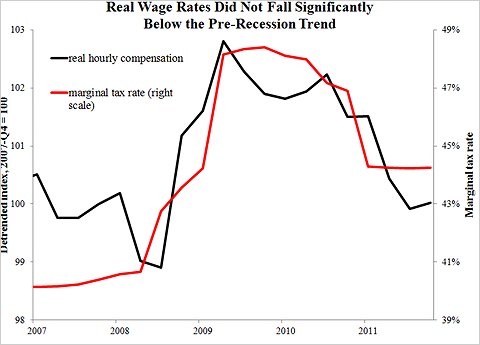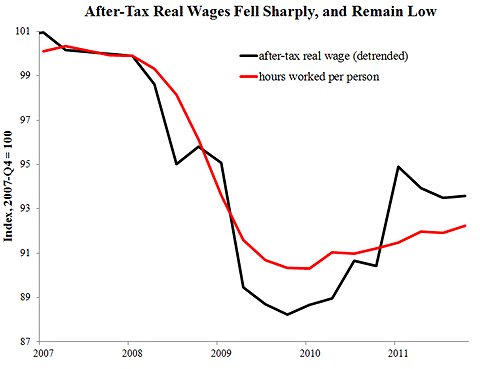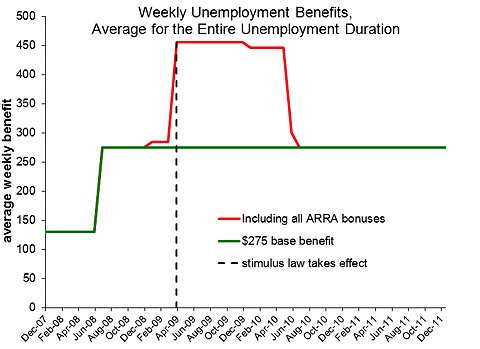
CATHERINE RAMPELL
Dollars to doughnuts.
I have written a column for The New York Times Magazine about the cost of living in New York, which is actually relatively cheap if you’re wealthy and have standard wealthy-person tastes. It was based largely on research by Jessie Handbury, an economics professor at the Wharton School at the University of Pennsylvania, which looked at the groceries that rich versus poor people buy, and how much those different bundles of groceries cost in rich versus poor cities.
In a high-income city like New York, grocery costs are 20 percent lower for high-income people than they are in a low-income city like New Orleans (whereas costs are about 20 percent higher for low-income people in the rich city than the poor city). That’s because there’s a very high concentration of highly skilled people here, so there are a lot of vendors competing for the business of those high-income people, effectively lowering costs and increasing the variety of products that appeal to this consumer group.
Professor Handbury looked specifically at food, but she said that for most things you buy, there are probably positive externalities that come from living around a lot of people who have tastes similar to yours.
“The results are generalizable to other products that have increasing returns to scale and where we think there’s differentiated demand across income types,” she said. “That pretty much holds up, I think, up to housing. You don’t have increasing returns to scale with housing, because you have such an inelastic supply there.” (“Inelastic supply” means that supply can’t adjust easily in response to changes in price; I’ll have more about New York housing costs in a subsequent blog post.)
I was interested to see whether prices of other, relatively supply-elastic services that cater to high-income people are cheaper here than they are elsewhere. Getting local pricing data along these lines is difficult, though, since the usual cost-of-living measures are based on the basket of goods that the typical consumer purchases, not the high-income consumer.
Fortunately I came across Centzy, a company that is compiling pricing and hours data for local businesses as part of a search engine service.
Centzy’s co-founder and chief executive, Jay Shek, said that the company defined a taxonomy of businesses that they want to cover and the information they want to know about each. Then they purchased phone-book listings (just as companies like Yelp and Google do) for these businesses. At any given time Centzy employs 40 to 100 people, mostly in low-cost places like India and the Philippines, to cold-call companies and ask about pricing and availability for a standard menu of services. The listings data are imperfect; Mr. Shek says about 15 percent of listings the team dials each month are out of date, miscategorized or otherwise unreachable, and that a Centzy representative will generally call up to four times during standard business hours before giving up on a company’s existence. Because of errors in the listings data, it’s hard to know exactly what share of local businesses Centzy has data for. Mr. Shek notes, though, that they use the same methodology for every city, so it seems unlikely that their numbers would show any bias toward any particular city.
Centzy currently has information on the prices and hours at 400,000 local businesses in the top 10 United States metropolitan areas, with better coverage for beauty services and spottier coverage for less-commodifiable services, like yoga classes (whose prices are hard to standardize, because sometimes yoga studios and gyms charge by the class, the monthly membership, or some other package deal). I asked Centzy to compile data for me on the prices and hours for some beauty services that probably disproportionately cater to high-end clients.
Here are the prices for manicures (just standard, regular manicures, not including acrylic or shellac) and pedicures in New York versus other cities:
For these services, at least, the average price was cheaper in New York than in the other cities (although there was of course a range of prices within cities).
Another service I asked Centzy about, massages, showed New York prices to be about in line with those in other cities, and even a few cents more expensive. Based on a thoroughly nonscientific survey of my more spa-going friends, though, I am told that there is probably more heterogeneity in both quality and variety among massages than in manicures and pedicures. So it may be harder to compare the average price for this service across cities if the composition of the massages offered is different (which it probably is, given different tastes and income levels in each place).
One way in which New York definitely seems to offer rich people a better deal on these services, though, is in hourly availability.
You know that whole “city that never sleeps” reputation? Well, it shows up at salons and spas. Here are the total average weekly hours for businesses in each of the top 10 cities that sell these services (and note that there is substantial overlap between businesses selling manicures and those selling pedicures, so the hours are pretty similar):
As you can see, salons and spas have much longer hours here. In New York, about one in 10 (10.5 percent) of salons will sell you a pedicure at 9 p.m., according to Centzy’s data; in the other cities, fewer than one in 100 salons will be open at that time (unweighted average of 0.5 percent).
Greater availability at more hours effectively lowers prices for the people who consume these services. That’s because economists don’t think about prices just as the sticker price of goods or services, but rather how consumers prefer an entire bundle of goods over another, based on what we observe about their purchasing choices. (Economists like to measure the cost of different things people consume in terms of price per util, an economic measure of happiness.)
Restaurants might be a bit more expensive here, but they offer more variety, are open much later, and nearly all of them deliver. And more highly skilled people consume those varied, late-night deliveries, which they could not get at any price in a lower-skill city like Detroit. Similarly, people in New York have the choice to get a pedicure at noon, but often enough they choose the 9 p.m. one — hence we assume they prefer it (maybe because they want to work late, get drinks with friends, or some other reason). Let’s say we moved a customer who usually gets her pedicures at 9 p.m. from New York to Houston, where just 0.2 percent of salons are open at 9 p.m. In her new locale, she wouldn’t be able to get her desired service at the time she wants it, even if she were willing to pay a lot more for it, since there aren’t currently enough customers like her in Houston to support staying open that late.
Those kinds of trade-offs in quality and availability represent costs to consumers that may not be obvious in just the sticker price of a good or service.
Article source: http://economix.blogs.nytimes.com/2013/04/23/in-new-york-city-cheaper-and-later-pedicures/?partner=rss&emc=rss

